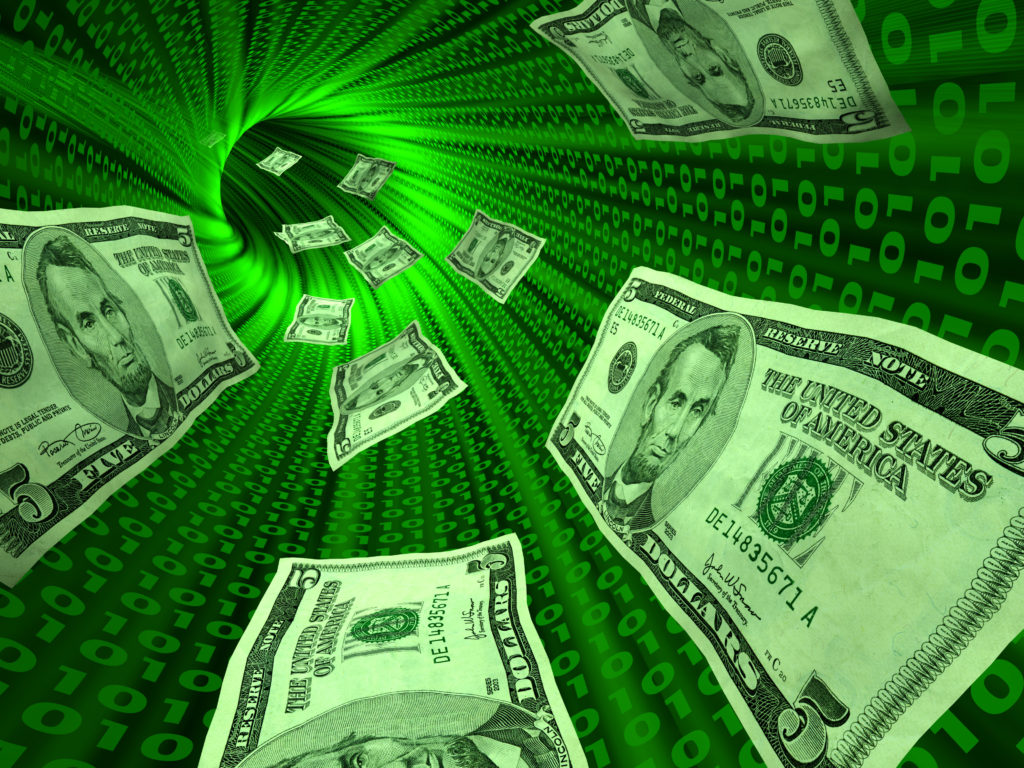
The Biden Administration made a recent announcement that it was setting up an exploratory committee for the creation of an e-Currency taskforce. In conjunction with this, a new bill, the Electronic Currency and Secure Hardware (ECASH) Act, was introduced by Rep. Stephen Lynch (MA-08), Chair of the House Committee on Financial Services’ Task Force on Financial Technology, and co-sponsored by Jesús G. “Chuy” García (IL-04), Rashida Tlaib (MI-13), Ayanna Pressley (MA-07), and Alma Adams (NC-12). These two actions represent a major sea change in Federal policy toward e-Coinage.
Cash, which has generally been synonymous with money, has a number of properties that make it attractive as a medium of exchange. Cash transactions are generally anonymous (that is to say, the currency is agnostic about who spends or receives that cash) but can be tracked if necessary, is lightweight, has a more or less consistent value (most of the time), and significantly can be increased or decreased as necessary as the population grows or shrinks. Yet cash also has many disadvantages – bills and coins get damaged, washed, defaced, and torn, they can be stolen, and do have physical weight. They also require action to break into smaller units, and occasionally can become worth less than the metal that they are made from, and they do not spend very well over the Internet.
ECash Is Not Blockchain
The blockchain algorithm was originally intended to address most of these limitations. The idea beyond blockchain was that by securing the uniqueness of a given eCoin, you could create a proxy of scarceness that would allow the coin to have value. By being on a blockchain the transactions involved would be queryable and reversible while still maintaining the anonymity of the transaction. However, because of the high potential for money laundering and criminal fraud, as well as the benefits that early adopters of a given coin had compared to later adopters, Blockchain-based coins very quickly began to take on the flavor of speculation that saw the largest such coin offerings to collapse from nose-bleed levels to nearly worthless many times in the last decade.
To that end, after numerous meetings between the White House, the Treasury Department, and the Federal Reserve, the decision was made to not create a blockchain-based system. Instead, the ECash initiative has taken a number of different approaches, beginning first with the decision to make the program run under the US Treasury Department, rather than the Federal Reserve. Treasury has extensive experience not only with minting, but in dealing with combatting counterfeiting, money laundering, and currency fraud.
This division was also intended to make a political statement, that the ECash program was not directly involved with monetary policy (long the domain of the Federal Reserve), but was instead focused on creating an electronic form of cash used in day-to-day transactions by individuals, in much the same way that the EBT program was used to provide payments for groceries for social programs.
The details of the mechanisms that ECash systems would use is still being worked out, but more than likely it would take advantage of smart device encryption that was not necessarily connected to the Internet. The Treasury Department would release the code used for enabling transfers of value as open-source, meaning that the code could be used by any hardware or software manufacturer. The program would use wallet technology similar to that used by the proliferation of wallets in various phone and other devices. This does provide a level of anonymity (it is the ECash that contains the identifier, not its transactional users), while still being able to reduce if not remove outright duplication of the currency.
The Treasury Department could also intercept and retire coins if the amount of available cash in the system was too large, providing a mechanism to better control inflation that has largely eluded the Federal Reserve.
Implications of ECash on Retail … and Blockchain
ECash will likely begin replacing physical coinage as that is retired from the system due to attrition or collection. In that respect, ECash becomes just another form of cash, but because of its electronic nature, this also means that people who, for one reason or another, can’t get access to bank accounts can still nonetheless be able to buy goods and services on the Internet. It also means that those same people can be paid in ECash without having to cash checks through predatory money services (which can often impose a tax of 10-20% on any transaction).
ECash makes it easier to distribute Income tax refunds, again without intermediaries taking their tithe, and, as happened during the pandemic, it provides a powerful tool to get relief money directly into the hands of those people who need it the most, rather than trying to rely upon the slow (and often unwieldy) process of moving that money through the banking system first.
At the same time, it is likely to have a negative impact on Blockchain-based currency markets, which have thrived primarily on the basis of speculation, Ponzi schemes, and the implied promise that such systems would eventually replace the existing banking system.
The decision to steer clear of the blockchain approach by the US sends a clear message that will likely echo through financial centers worldwide – a message that states that sovereign states will protect their currency systems and that they see the blockchain environment as being roughly analogous to financial viruses.
This doesn’t mean that Decentralized Finance will go away entirely, but it is far more likely that retail organizations will likely take the US Government’s lead on this and build gateways that allow for ECash to work in their ecosystems, rather than develop their own alternative ICOs.
A good analysis of the ECash bill can be found here.

